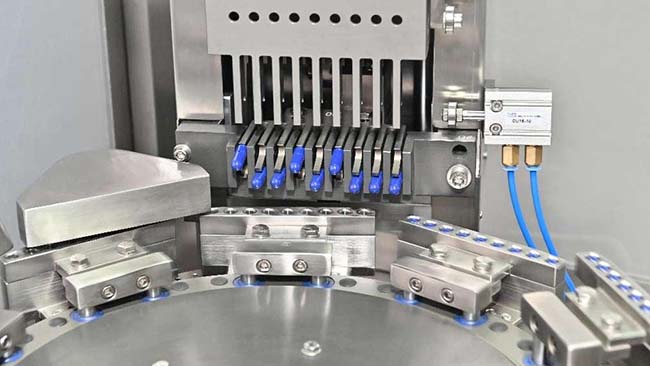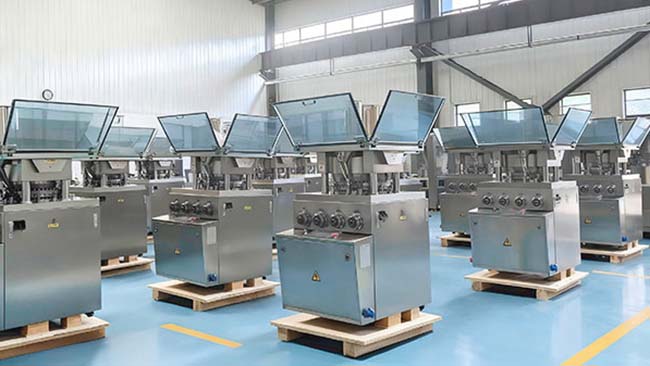مقدمة
في صناعة الأدوية، يُعدّ تغليف الأقراص والكبسولات أمرًا بالغ الأهمية لضمان السلامة والفعالية وطول العمر. من مرحلة التصنيع إلى وصول الدواء إلى يد المريض، تخضع عملية التغليف لتخطيط وتنفيذ دقيقين للحفاظ على سلامة الدواء وتوفير تجربة استخدام سلسة.
في هذا الدليل الشامل، سنتعمق في عالم تغليف الأدوية المعقد، مستكشفين مختلف الأساليب والمواد وأفضل الممارسات التي تحكم هذا الجانب الجوهري من صناعة الأدوية. سواء كنتَ متخصصًا في الرعاية الصحية، أو رائد أعمال ناشئًا في المجال الطبي، أو ببساطة مهتمًا بتفاصيل تغليف الأدوية، ستمنحك هذه المقالة فهمًا أعمق لهذا الموضوع الشيق.
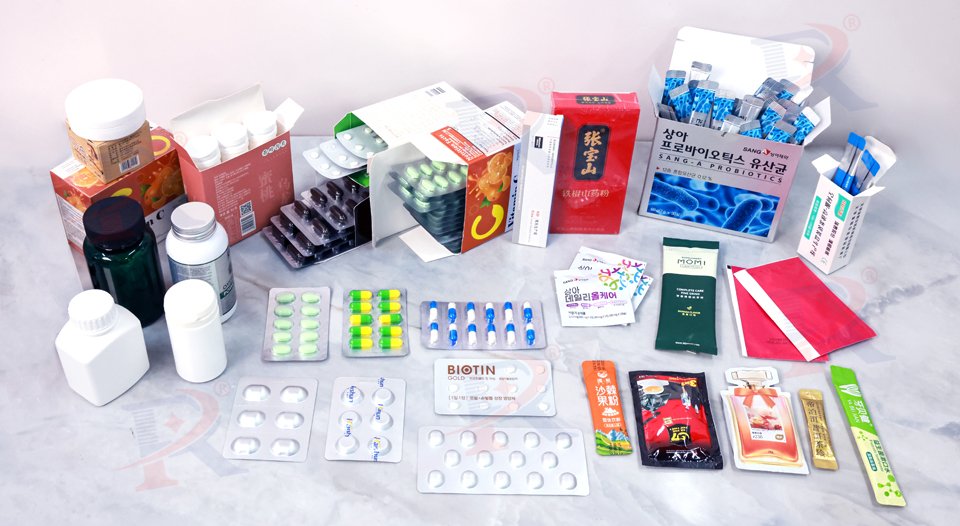
أهمية التعبئة الصحيحة للأدوية
التغليف ليس مجرد طبقة واقية للكبسولات والأقراص؛ فهو بمثابة خط الدفاع الأول ضد تحديات متعددة. بدءًا من العوامل البيئية وصولًا إلى التلاعب والتزوير، يجب تصميم تغليف الأدوية بما يضمن فعالية المنتج ونقائه وسهولة الوصول إليه.
أنواع الطب
يتسم عالم تغليف الأدوية بالتنوع، إذ تُستخدم فيه مجموعة واسعة من المواد والتقنيات لتلبية الاحتياجات الخاصة لمختلف المنتجات الصيدلانية. وفيما يلي بعض طرق تغليف الأدوية الشائعة:
التعبئة والتغليف بالبثور
التغليف بالبثور هو الطريقة الأكثر شيوعًا لتعبئة الأدوية. تُوضع الأقراص والكبسولات في وحدة التغذية، ثم تُوضع في البثور المُشكَّلة بالترتيب، وتُغلَق حراريًا، وتُثبَّت في صفائح من الألومنيوم والبلاستيك بنفس الحجم. تُوفِّر العبوات البثورية حماية ممتازة من الرطوبة والضوء والعبث. آلة تعبئة الفقاعات تصبح الآلة آلة مهمة لتغليف الأدوية.
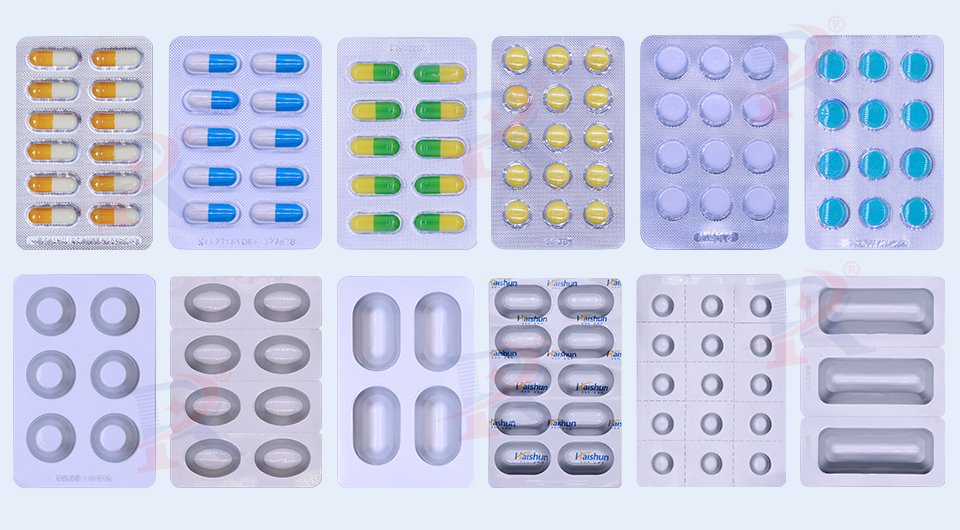
زجاجات
تُوفر الزجاجات المصنوعة عادةً من البلاستيك أو الزجاج حلاً بسيطًا ومتعدد الاستخدامات للتغليف. تُسهّل هذه الحاويات الوصول إلى الدواء، وتتسع لأحجام وكميات مختلفة من الأقراص أو الكبسولات. غالبًا ما تكون الزجاجات مزودة بأغطية مقاومة للأطفال وأكياس مجففة للحفاظ على ثبات المنتج. عدد خطوط التعبئة هو الحل الوحيد للأدوية المعبأة.
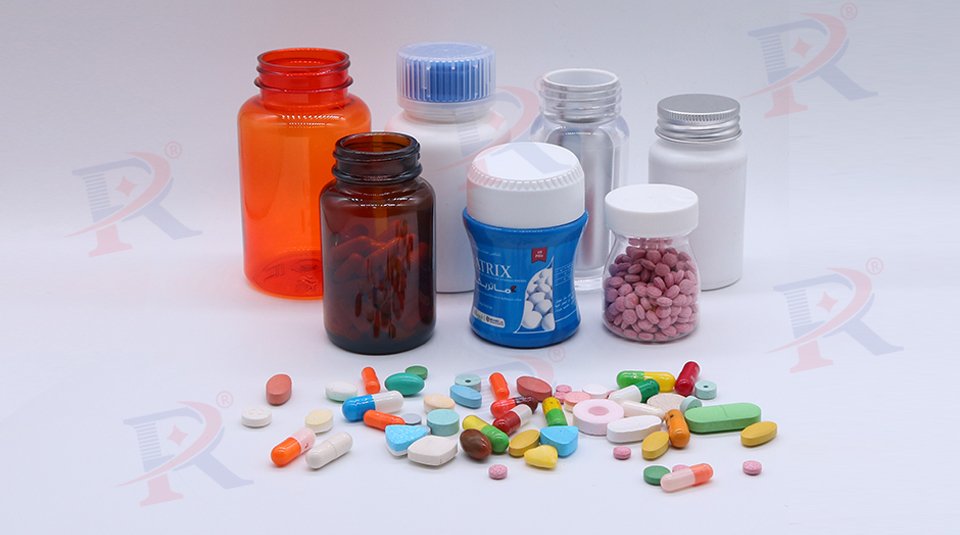
الأكياس والأكياس
للأدوية المسحوقة أو الحبيبية، تُعدّ الأكياس والأكياس الصغيرة خيارًا فعالًا للتعبئة والتغليف. هذه العبوات أحادية الجرعة، المصنوعة عادةً من رقائق معدنية أو ورق مغلف، تحمي المنتج من العوامل البيئية وتُسهّل توزيع الجرعات بدقة وسهولة. تُنجز آلة تعبئة الأكياس الصغيرة عملية التعبئة بسهولة.
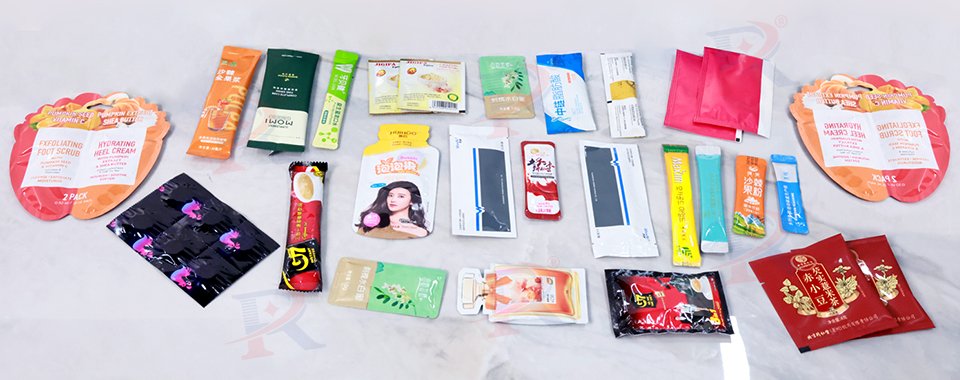
مواد التعبئة والتغليف والاعتبارات
يعد اختيار مواد التغليف جانبًا مهمًا في عملية تغليف الحبوب، لأنه يؤثر بشكل مباشر على استقرار المنتج وسلامته وجودته بشكل عام.
بلاستيك
يُستخدم البلاستيك على نطاق واسع في تغليف الأدوية نظرًا لانخفاض تكلفته. تشمل خيارات البلاستيك الشائعة كلوريد البولي فينيل (PVC)، والبولي بروبيلين (PP)، والبولي إيثيلين (PE). يوفر البلاستيك مجموعة واسعة من المزايا. ومع ذلك، من الضروري التأكد من أن البلاستيك المستخدم متوافق مع الدواء المُستخدم، ويلبي المتطلبات التنظيمية للسلامة والنقاء.
رقائق الألومنيوم
يُعدّ ورق الألومنيوم مكونًا أساسيًا في تغليف البثور، لما يتميز به من خصائص مقاومة للرطوبة والأكسدة والضوء. كما يُسهم في ضمان عدم عبث التغليف، مما يجعله عنصرًا قيّمًا في ضمان سلامة الدواء.
زجاج
الزجاج، وخاصةً زجاج البورسليكات، مادة شائعة الاستخدام في تعبئة بعض الأدوية في الزجاجات. يتميز الزجاج بمقاومة كيميائية فائقة، ووضوح، وقدرة على تحمل عمليات التعقيم. ومع ذلك، قد يكون أكثر هشاشة من البلاستيك، مما يتطلب التعامل معه ونقله بعناية.
الورق والكرتون
يُستخدم الورق والكرتون المقوى في جوانب مختلفة من تغليف الأدوية، مثل العلب الخارجية، والإضافات، والأكياس. تُوفر هذه المواد خيارًا اقتصاديًا ومستدامًا للتغليف الثانوي، ويمكن طباعتها بسهولة مع معلومات المنتج المهمة.
عملية التعبئة والتغليف
إن تعبئة الكبسولات والأقراص هي عملية متعددة الخطوات تتضمن مجموعة متنوعة من المعدات والإجراءات المتخصصة.
1. العد والتعبئة: اعتمادًا على متطلبات التعبئة والتغليف، يتم عد الأقراص وقياسها بدقة، إما يدويًا أو باستخدام آلات العد الآلية، لضمان تضمين الكمية الصحيحة في كل وحدة.
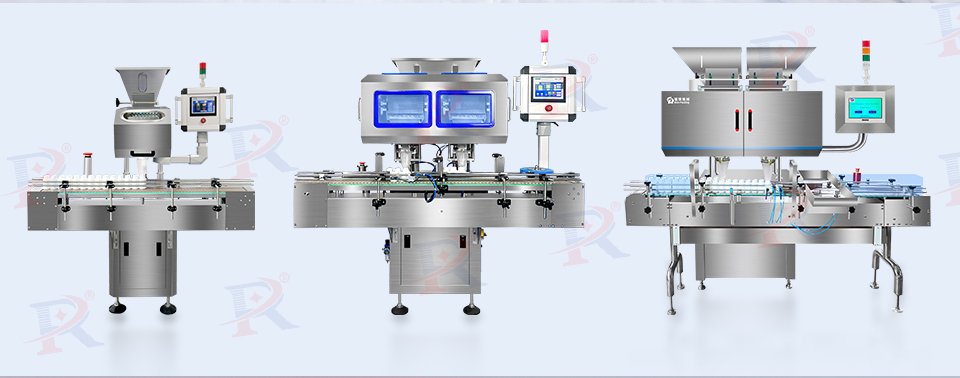
٢. التعبئة الأولية: تُوضع الأقراص المعدودة بعد ذلك في عبوات التعبئة الأولية، مثل العبوات الفقاعية أو الزجاجات أو الأكياس. تتضمن هذه الخطوة استخدام آلات ومعدات متخصصة لضمان وضع الأقراص وإحكام إغلاقها.
٣. التغليف الثانوي: تُرتَّب الوحدات المعبأة الأساسية في عبوات ثانوية أكبر، مثل الكراتين. قد تتضمن هذه المرحلة استخدام مواد توسيد لحماية العبوات الأساسية أثناء النقل والتخزين.
4. وضع العلامات والتعريف: يتم وضع العلامات التفصيلية، بما في ذلك معلومات الدفعة، وتواريخ انتهاء الصلاحية، وأي تحذيرات أو تعليمات ضرورية، على العبوة الثانوية لضمان التعرف الصحيح على المنتج وإمكانية تتبعه.
٥. التفتيش ومراقبة الجودة: يُجرى فحص نهائي للتحقق من سلامة التغليف، ودقة الملصقات، والجودة العامة للمنتج المُغلّف. تُوثّق أي اختلافات، ولا يُصرّح بالمنتج للتوزيع إلا إذا استوفى جميع المواصفات المطلوبة.
6. التخزين والتوزيع: يتم بعد ذلك تخزين الحبوب المعبأة في بيئة نظيفة ومراقبة درجة حرارتها ونقلها بعناية إلى مراكز التوزيع أو مباشرة إلى مرافق الرعاية الصحية أو الصيدليات أو المستخدمين النهائيين، اعتمادًا على سلسلة توريد المنتج.
طوال هذه العملية، تعد تدابير مراقبة الجودة الصارمة وإجراءات التشغيل القياسية والامتثال للوائح ذات الصلة أمرًا بالغ الأهمية لضمان سلامة وفعالية وجودة المنتج الصيدلاني النهائي.
الأتمتة والتقدم التكنولوجي
شهد تغليف الكبسولات والأقراص تطورًا ملحوظًا مع دمج التقنيات المتقدمة والأتمتة. وقد ساهمت هذه الابتكارات في تحسين الكفاءة والدقة وجودة المنتج بشكل عام. ومن أهم التطورات التكنولوجية في صناعة تغليف الأدوية ما يلي:
آلات العد والتعبئة الآلية
آلات عد وتعبئة الأقراص استخدام أجهزة استشعار دقيقة، وماسحات ضوئية، وخوارزميات متطورة لتوزيع العدد الصحيح من الحبوب بسرعة ودقة في عبوات التعبئة الأولية. وقد أدت هذه الأنظمة الآلية إلى تقليل مخاطر أخطاء العد بشكل كبير، وتحسين إنتاجية الإنتاج.
التغليف الذكي
تتيح تقنيات التغليف الذكية الناشئة، مثل أجهزة الاستشعار المدمجة وعلامات تحديد الترددات الراديوية (RFID)، مراقبة الظروف البيئية في الوقت الفعلي، واكتشاف العبث، وتعزيز تبادل معلومات المنتج عبر سلسلة التوريد.
الروبوتات والأتمتة
أحدثت الأنظمة الروبوتية وخطوط التغليف الآلية ثورةً في عملية تغليف الأدوية، مما زاد من سرعتها وثباتها وسلامة العاملين. وقد بسّطت هذه التقنيات مهامًا مثل تعبئة الزجاجات، ووضع الأغطية، والتغليف الثانوي، مما أدى إلى زيادة الكفاءة والإنتاجية.
ومع استمرار تطور صناعة الأدوية، فإن دمج هذه التقنيات المتقدمة سيلعب دوراً حاسماً في تشكيل مستقبل تغليف الأدوية، وضمان توصيل الأدوية الآمنة وعالية الجودة للمرضى في جميع أنحاء العالم.
خاتمة
تشكل عملية تعبئة الكبسولات والأقراص جانبًا متعدد الأوجه وأساسيًا في صناعة الأدوية، حيث تعمل كحلقة وصل حيوية بين عملية التصنيع والمستخدم النهائي.
ومن خلال فهم أنواع التغليف المختلفة، واختيار المواد، واعتبارات التصميم، والتقدم التكنولوجي في هذا المجال، يمكننا تقدير مستوى الرعاية والاهتمام الذي يدخل في تغليف الأدوية التي نعتمد عليها.
سواءً كنتَ متخصصًا في الرعاية الصحية، أو مُصنِّعًا للأدوية، أو حتى شخصًا فضوليًا، فقد زوَّدك هذا الدليل الشامل بفهم أعمق لتعقيدات وأهمية تغليف الأدوية. من خلال البقاء على اطلاع دائم ومواكبة أحدث التطورات في هذا المجال، يُمكننا العمل معًا نحو مستقبل يُسهم فيه تغليف الكبسولات والأقراص في تحسين صحة وسلامة المرضى حول العالم.
